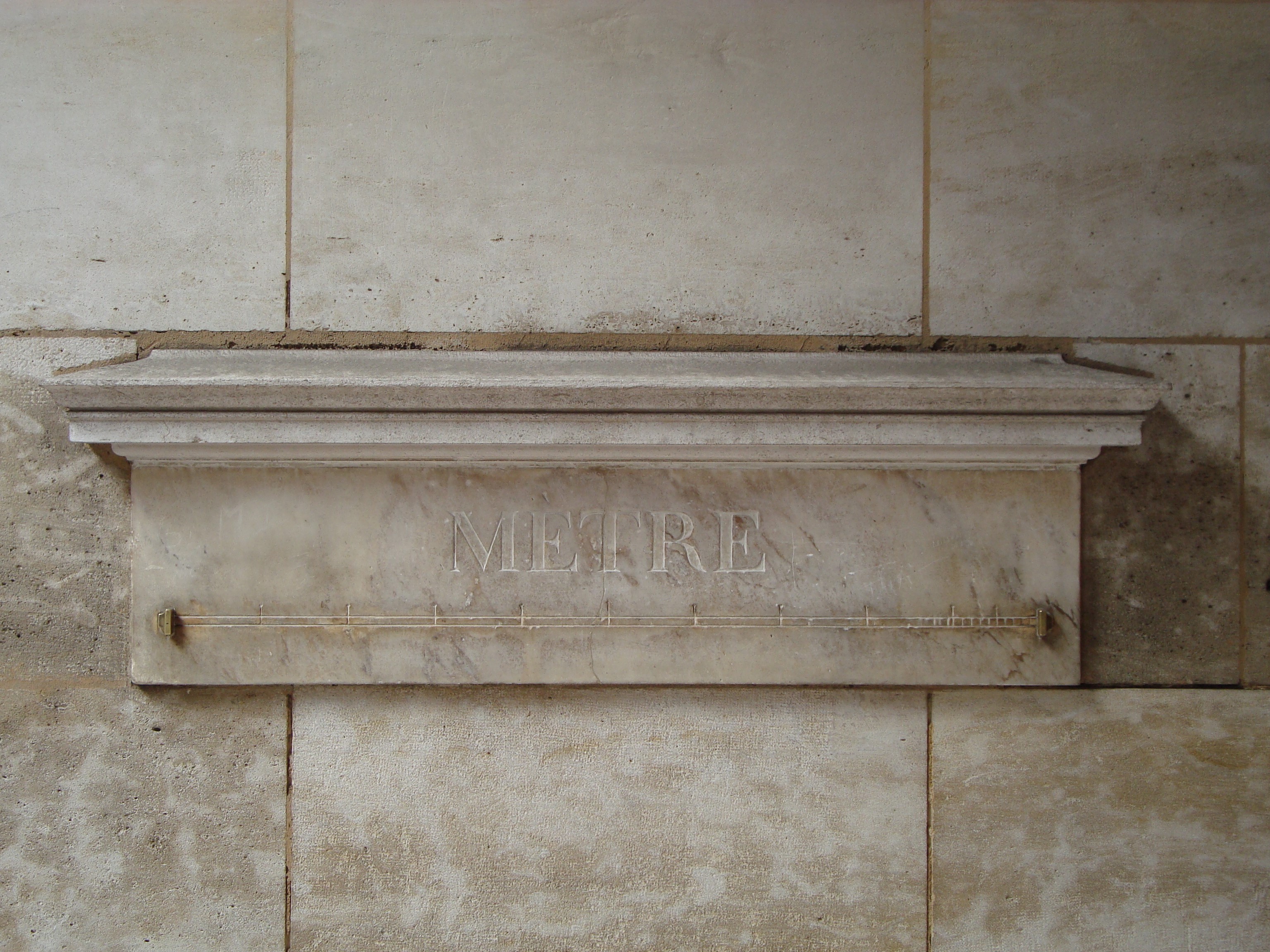How Many Inches Are in a Meter?

Published on March 17, 2024
Understanding the conversion between metric and imperial units is crucial for various applications, from academic research to everyday tasks. The meter, a fundamental unit of length in the metric system, serves as a cornerstone for numerous measurements worldwide. On the other hand, the inch, part of the imperial system, is widely used in countries like the United States for a multitude of purposes. This article seeks to elucidate the relationship between meters and inches, providing a clear and comprehensive understanding of how these units compare and how to convert from one to the other.
Here are the facts:
- 1 m = 39.3700787 in
The metric system is an international decimal system of measurement, adopted officially by nearly every country in the world. It is based on the meter, kilogram, and second as units of length, mass, and time, respectively. The system is designed to be logical and easy to use, facilitating international trade and communication.
Conversely, the imperial system, which uses inches, feet, yards, and miles to measure length, is primarily used in the United States, and to a lesser extent, the United Kingdom and a few other countries. The inch is defined as exactly 25.4 millimeters according to the international yard and pound agreement of 1959, which standardized Anglo-American units of measurement to aid in international trade and technological exchanges.
Conversion Between Meters and Inches
To convert measurements from meters to inches, it is essential to know the precise relationship between these two units. One meter is equivalent to 39.3700787 inches. This conversion factor allows individuals and professionals to accurately translate measurements from the metric system to the imperial system and vice versa.
The formula to convert meters to inches is as follows: inches=meters×39.3700787
Similarly, to convert inches back to meters, one would use the inverse of this conversion factor: meters=inches÷39.3700787
These formulas are crucial for various applications, including engineering, construction, and manufacturing, where precise measurements are paramount.
Practical Applications and Examples
In practical terms, understanding how to convert meters to inches and vice versa is essential for a wide range of activities. For example, someone working on a construction project might need to convert architectural plans from metric to imperial units to ensure the correct materials are used. Similarly, a scientist or researcher collaborating with international colleagues may need to convert their measurements to ensure consistency and accuracy in their findings.
Consider the following example: If a textile manufacturer in Europe wants to export fabric to the United States, they need to convert the fabric width from meters to inches. If the fabric is 1.5 meters wide, using the conversion factor, it would be approximately 59.055 inches wide: 1.5 meters×39.3700787=59.055 inches
This simple calculation ensures that the specifications meet the needs of the U.S. market.
In conclusion, understanding the conversion between meters and inches is indispensable in a globally connected world. Whether for academic, professional, or personal purposes, being able to accurately translate measurements between these two units facilitates international cooperation and simplifies numerous tasks. Remember, one meter equals 39.3700787 inches, a conversion factor that bridges the gap between the metric and imperial systems, enabling precise and efficient communication across different fields and disciplines. By mastering this fundamental conversion, individuals can navigate between these systems with confidence and ease.
Category: World Facts